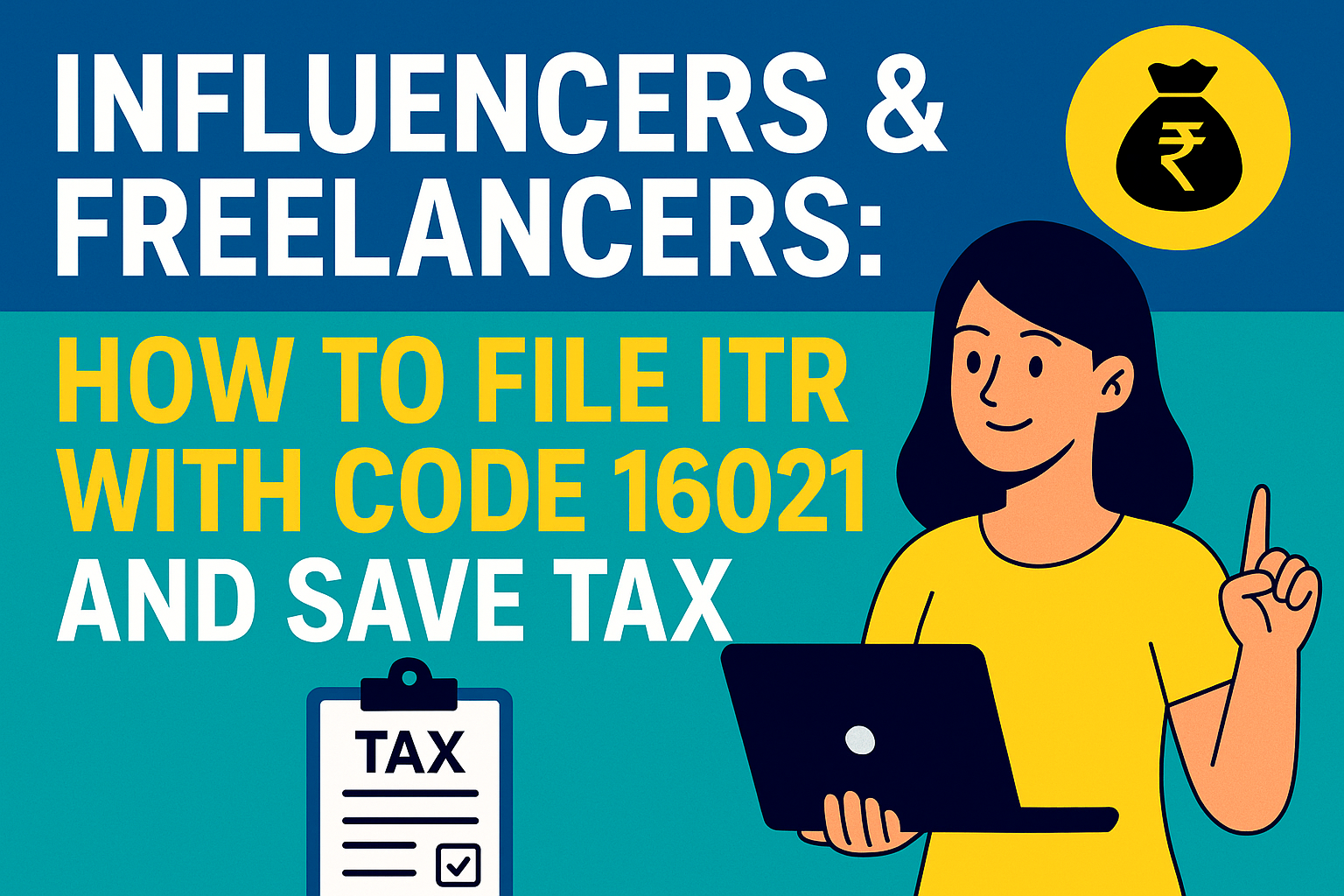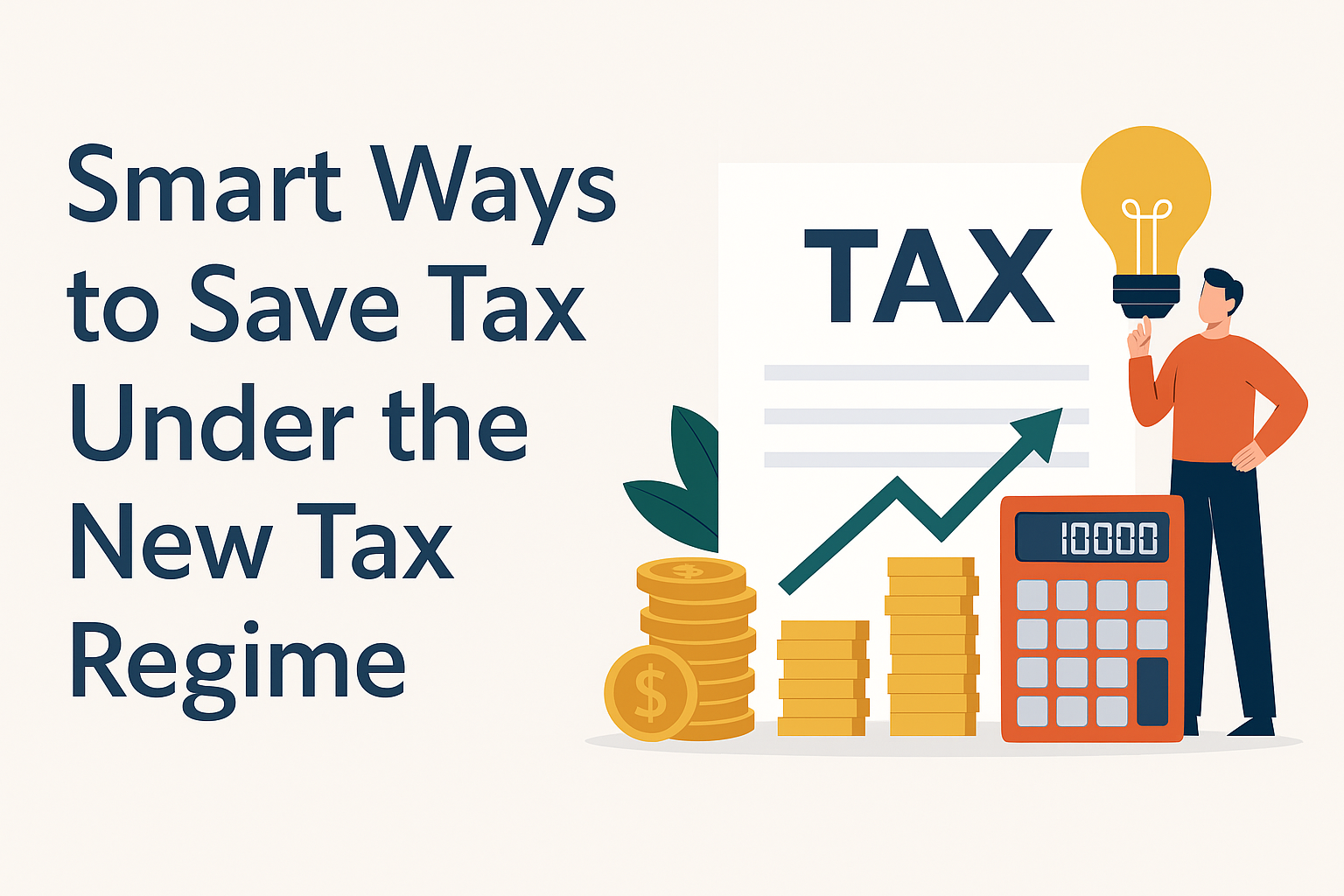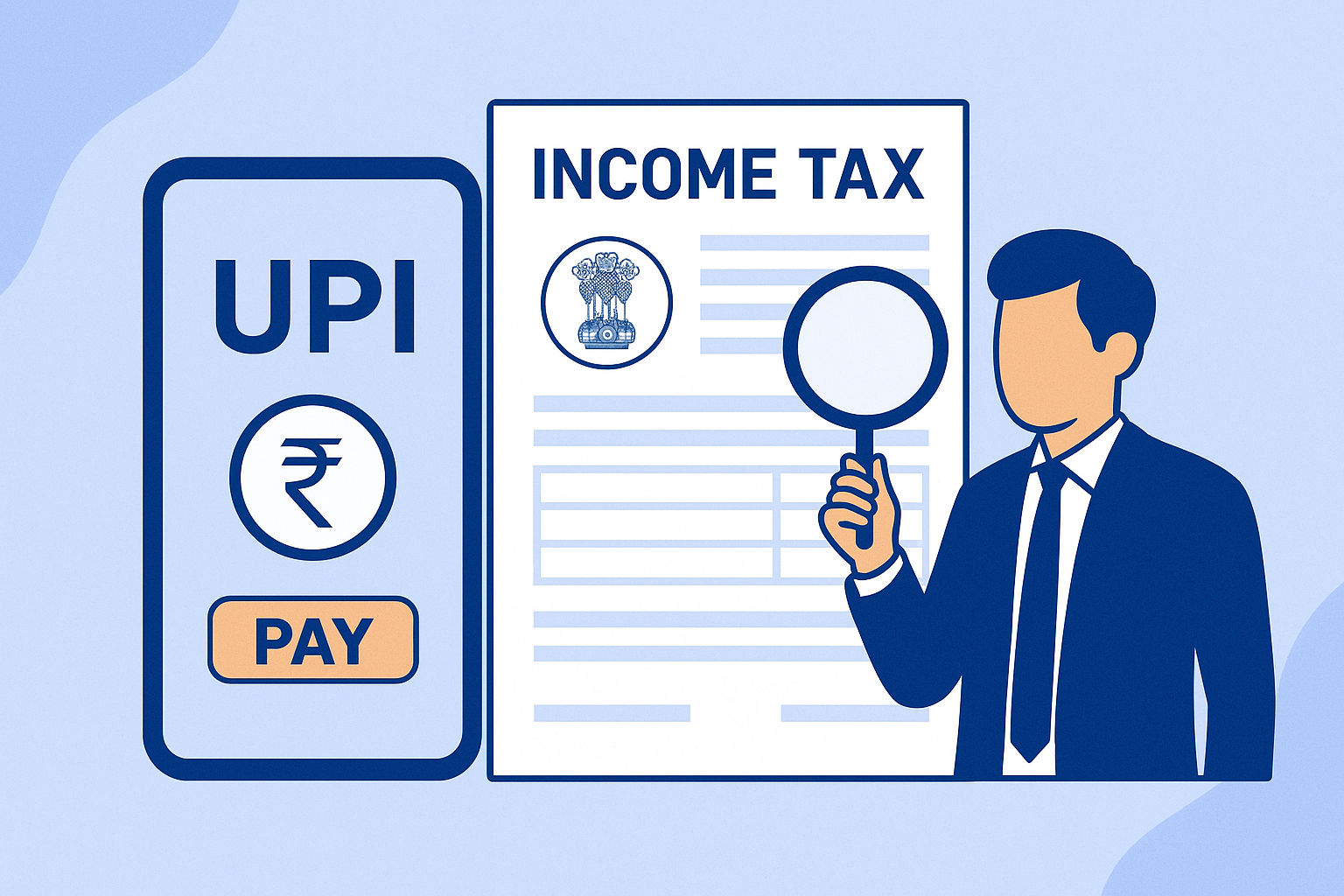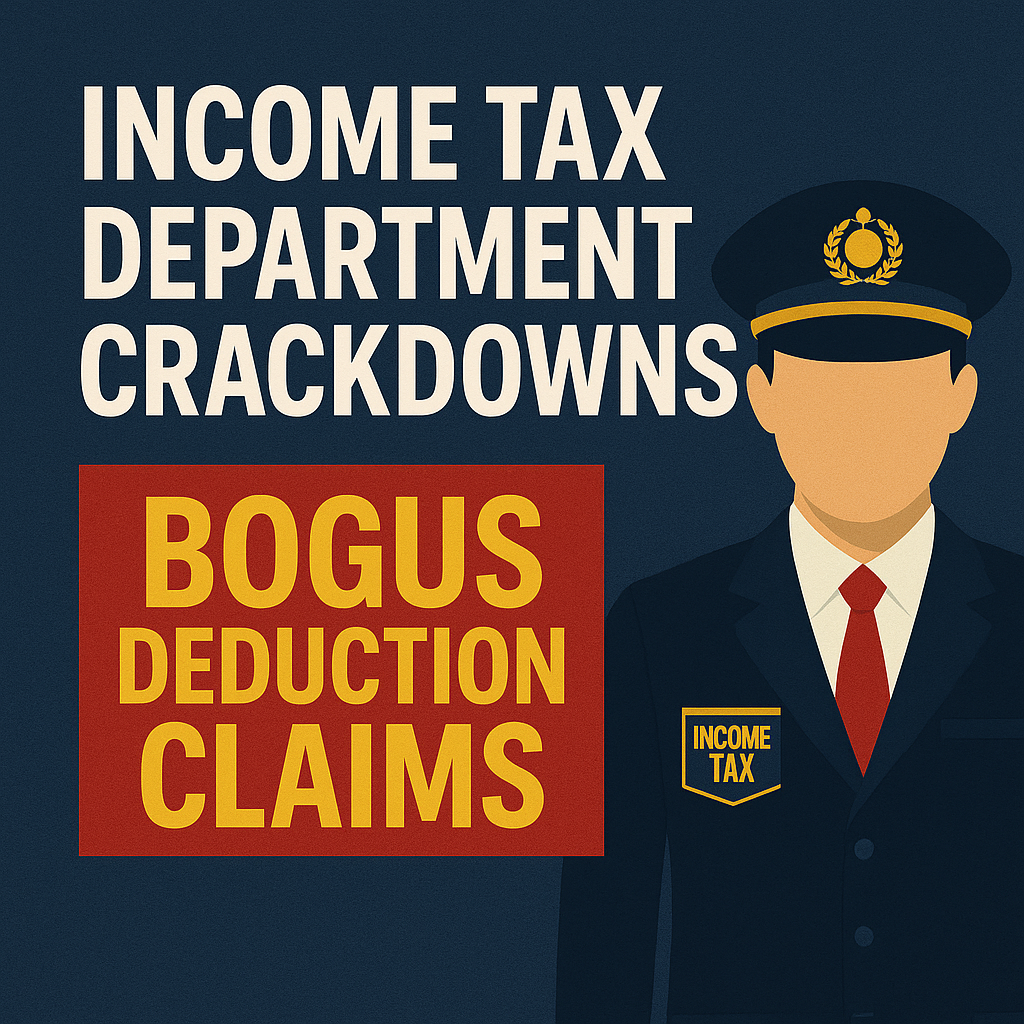If you’ve received Employee Stock Options (ESOPs) from a foreign company, you might be sitting on a ticking tax time bomb. Failing to report these in your Income Tax Return (ITR) could cost you a hefty penalty of up to ₹10 lakh under the Black Money Act, 2015. Don’t let oversight land you in trouble—here’s everything you need to know to stay compliant and stress-free.
Why Reporting ESOPs from Foreign Companies Matters
Under the Black Money (Undisclosed Foreign Income and Assets) and Imposition of Tax Act, 2015, all Residents and Ordinarily Residents (ROR) of India are required to disclose foreign assets in their ITR, including ESOPs from foreign companies. This disclosure is mandatory in the Foreign Asset Schedule (Schedule FA) of your ITR, even if you haven’t sold the shares or made any capital gains. Simply holding these assets triggers the reporting requirement.
What you need to report:
- ESOPs and stock options from foreign companies
- Foreign bank accounts
- Immovable property held abroad
- Any other movable foreign assets
Failing to report even a single foreign asset could lead to a staggering ₹10 lakh penalty, regardless of the asset’s value or whether it generated income. The stakes are high, and ignorance is not an excuse.
How You Could Get Caught
Thanks to global information-sharing agreements like the Common Reporting Standard (CRS) and Foreign Account Tax Compliance Act (FATCA), tax authorities worldwide are exchanging financial data automatically. Indian tax authorities cross-check this global data with your ITR. If you miss reporting even one foreign asset—like ESOPs from a foreign employer—you’re likely to get flagged. The consequences? A hefty penalty and potential scrutiny.
Good News: Finance Act 2024 Brings Relief
Starting October 1, 2024, the Finance Act 2024 offers some relief. If the total value of your movable foreign assets (like ESOPs, shares, or bank accounts, excluding immovable property) is below ₹20 lakh, you’re exempt from the ₹10 lakh penalty for non-disclosure. This is a welcome change for small-scale investors or employees holding modest foreign assets. However, you must still report these assets in your ITR to stay compliant.
Who Needs to Report?
The reporting obligation applies to:
- Residents and Ordinarily Residents (ROR) of India, as defined under the Income Tax Act.
- Individuals holding foreign assets, even if they haven’t been sold or generated income.
If you’re unsure about your residency status or the value of your foreign assets, consult a tax professional to avoid costly mistakes.
How to Stay Compliant
Here’s how you can avoid penalties and ensure compliance:
- File Accurately: Ensure your ITR includes all foreign assets in Schedule FA. Double-check details like the value of ESOPs, foreign bank accounts, or other assets.
- Track Your Assets: Maintain clear records of your ESOPs, including grant dates, vesting schedules, and fair market value.
- Leverage the ₹20 Lakh Exemption: If your movable foreign assets are under ₹20 lakh, you’re safe from penalties starting October 1, 2024—but you still need to report them.
- Seek Expert Help: Tax laws can be complex. A chartered accountant or tax consultant can guide you through the process and ensure compliance.
Why It’s Worth the Effort
Reporting foreign assets might feel like a hassle, but it’s a small price to pay to avoid a ₹10 lakh penalty and potential legal trouble. With global financial transparency on the rise, tax authorities are more vigilant than ever. Stay ahead of the curve by filing your ITR accurately and on time.
Pro Tip: Use tax filing software or consult a professional to streamline the process and ensure you don’t miss any details.
Final Thoughts
The Black Money Act doesn’t play favorites—whether it’s a small ESOP holding or a large foreign investment, non-disclosure can lead to serious consequences. With the Finance Act 2024 offering some relief for smaller asset holders, now’s the perfect time to review your foreign assets and ensure your ITR is compliant. Don’t let a simple oversight cost you ₹10 lakh—file smart, stay safe, and keep your financial future secure.
Note: Always consult a tax professional for personalized advice. This blog is for informational purposes only and does not constitute legal or financial advice.
Categories: Personal Finance, Taxation, ITR Filing
Tags: ESOPs, Foreign Assets, ITR Filing, Black Money Act, Finance Act 2024, Tax Compliance, Penalty, Schedule FA, CRS, FATCA







